Premium Only Content
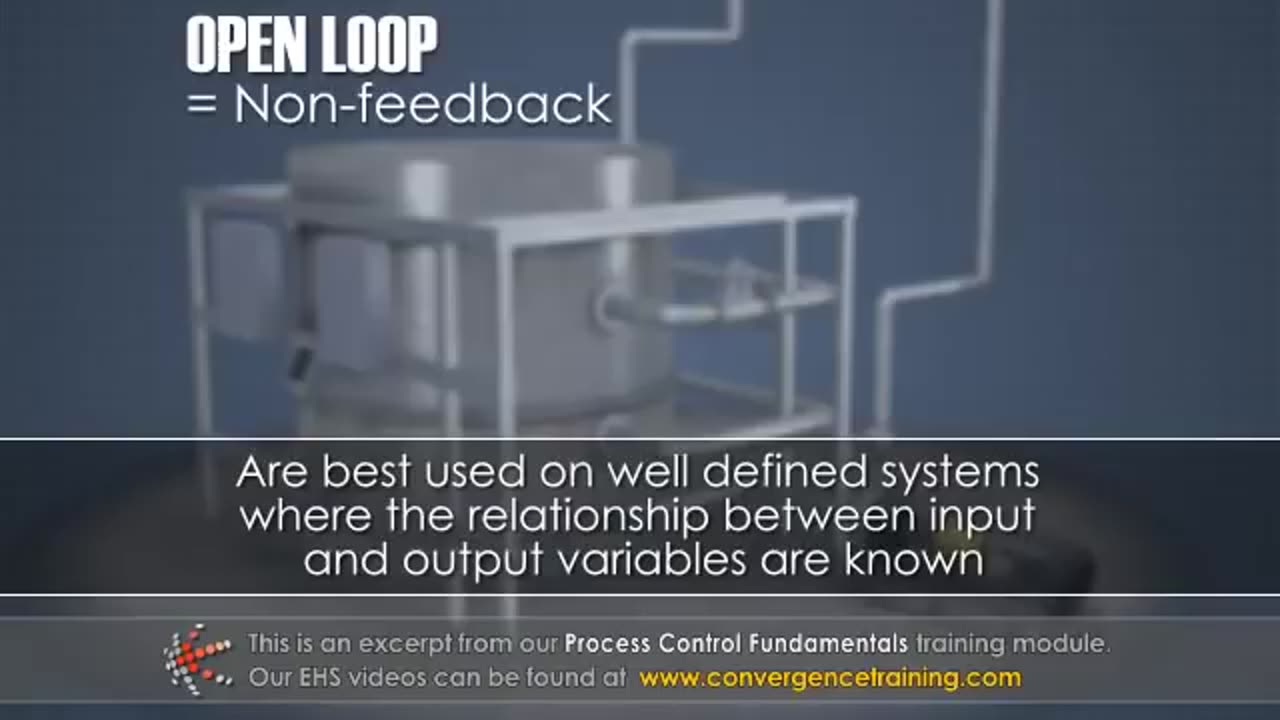
Process Control Fundamentals
**Process control** is a system used to regulate and maintain process variables (e.g., temperature, pressure, flow, level, etc.) within desired ranges to ensure efficiency, safety, and product quality in industrial operations. Here’s an overview of the fundamentals:
---
### **1. Purpose of Process Control**
- **Stability:** Maintain consistent operations and product quality.
- **Efficiency:** Optimize resource usage, such as energy, raw materials, and time.
- **Safety:** Prevent conditions that could lead to equipment damage or hazards.
- **Automation:** Minimize manual intervention, reducing errors and labor costs.
---
### **2. Key Components of a Control System**
1. **Process Variable (PV):** The parameter being measured and controlled (e.g., temperature, flow rate).
2. **Setpoint (SP):** The desired value of the process variable.
3. **Controller:** The device or algorithm that compares the PV to the SP and determines corrective action.
4. **Control Element:** The mechanism that adjusts the process (e.g., a valve or pump).
5. **Sensors/Transmitters:** Devices that measure the PV and send data to the controller.
6. **Actuators:** Devices that physically manipulate the control element (e.g., open/close a valve).
---
### **3. Types of Process Control**
#### **A. Open-Loop Control**
- No feedback is used.
- Control actions are based solely on predefined instructions.
- Example: A timed irrigation system.
#### **B. Closed-Loop Control**
- Feedback is used to adjust the control action.
- Example: A thermostat regulating room temperature.
- Subtypes:
1. **Feedback Control:** Adjusts based on deviations from the SP.
2. **Feedforward Control:** Anticipates changes and adjusts before deviations occur.
---
### **4. Control Strategies**
1. **On/Off Control:** Simplest form, where the control element is either fully on or off.
- Example: Household refrigerators.
2. **Proportional (P) Control:** Output is proportional to the error (difference between PV and SP).
3. **Integral (I) Control:** Eliminates steady-state error by considering the cumulative error over time.
4. **Derivative (D) Control:** Predicts future errors by considering the rate of change of the error.
5. **PID Control:** Combines P, I, and D controls for precise and robust performance.
---
### **5. Process Control Loops**
- **Single-Loop Control:**
- Manages one PV with one controller.
- Example: Controlling tank level with a single valve.
- **Cascade Control:**
- Uses two controllers: one for the main PV and another for a related secondary PV.
- Example: A furnace where the main controller adjusts temperature and the secondary controller adjusts fuel flow.
- **Multivariable Control:**
- Manages multiple interrelated variables simultaneously.
- Example: Chemical reactors.
---
### **6. Process Control Tools**
1. **Control Valves:** Regulate the flow of materials.
2. **Pumps/Compressors:** Adjust pressure or flow.
3. **Programmable Logic Controllers (PLCs):** Automate control processes using digital logic.
4. **Supervisory Control and Data Acquisition (SCADA):** Monitors and controls industrial processes.
5. **Human-Machine Interface (HMI):** Allows operators to interact with the control system.
---
### **7. Key Performance Metrics**
- **Setpoint Tracking:** How well the system maintains the PV at the SP.
- **Response Time:** The time it takes to respond to changes or disturbances.
- **Stability:** The system's ability to avoid oscillations or instability.
- **Accuracy:** How close the PV remains to the SP.
---
### **8. Challenges in Process Control**
- **Nonlinear Processes:** Systems that do not respond predictably.
- **Time Delays:** Lag between input adjustments and observed changes in PV.
- **Disturbances:** External factors like temperature changes or equipment wear.
---
### **9. Applications of Process Control**
- **Manufacturing:** Maintaining consistent product quality.
- **Oil and Gas:** Regulating flow rates and pressures.
- **Power Plants:** Controlling steam generation and turbine speed.
- **Water Treatment:** Managing chemical dosing and filtration.
---
By understanding these fundamentals, you can design, operate, and troubleshoot control systems effectively, ensuring optimal performance in industrial processes.
-
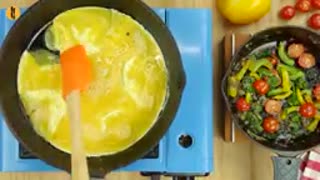 6:54
6:54
HSESafetyInformation
8 months ago6 Must Try Breakfast recipes By Food Fusion
371 -
 1:06:56
1:06:56
Sarah Westall
12 hours agoAstrological Predictions, Epstein & Charlie Kirk w/ Kim Iversen
71.9K39 -
 2:06:49
2:06:49
vivafrei
21 hours agoEp. 289: Arctic Frost, Boasberg Impeachment, SNAP Funding, Trump - China, Tylenol Sued & MORE!
254K192 -
 2:56:28
2:56:28
IsaiahLCarter
16 hours ago $7.95 earnedThe Tri-State Commission, Election Weekend Edition || APOSTATE RADIO 033 (Guest: Adam B. Coleman)
34.5K6 -
 15:03
15:03
Demons Row
11 hours ago $12.24 earnedThings Real 1%ers Never Do! 💀🏍️
51.8K19 -
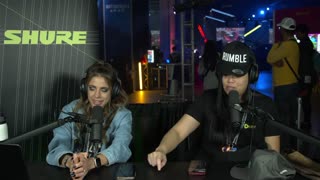 35:27
35:27
megimu32
14 hours agoMEGI + PEPPY LIVE FROM DREAMHACK!
169K14 -
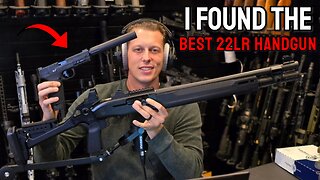 1:03:23
1:03:23
Tactical Advisor
18 hours agoNew Gun Unboxing | Vault Room Live Stream 044
255K40 -
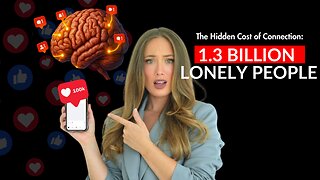 19:12
19:12
Robbi On The Record
19 hours ago $22.59 earnedThe Loneliness Epidemic: AN INVESTIGATION
83.1K105 -
 14:45
14:45
Mrgunsngear
1 day ago $144.91 earnedFletcher Rifle Works Texas Flood 30 Caliber 3D Printed Titanium Suppressor Test & Review
149K35 -
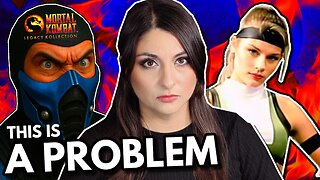 17:17
17:17
Lady Decade
1 day ago $12.09 earnedMortal Kombat Legacy Kollection is Causing Outrage
94.4K24